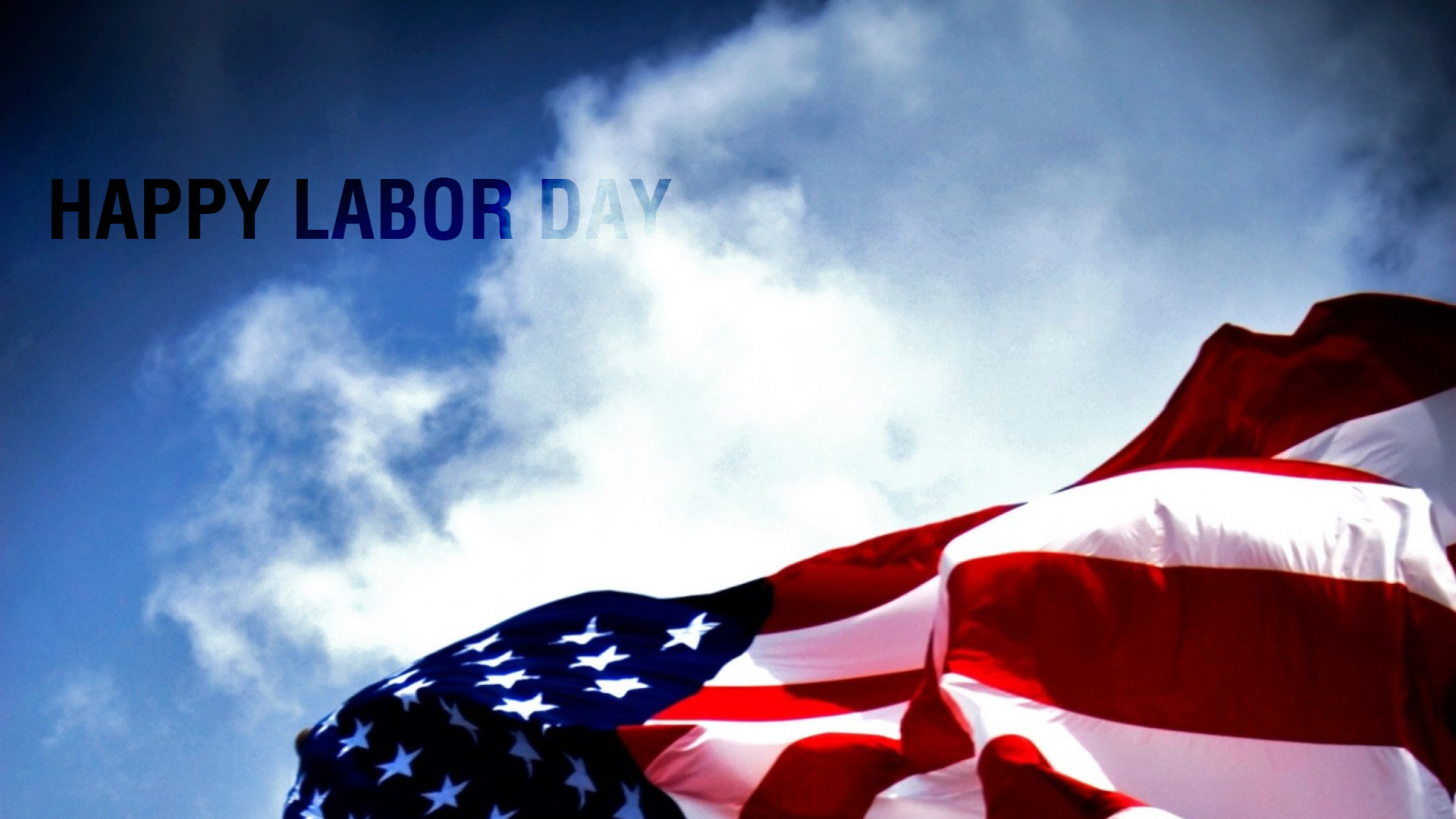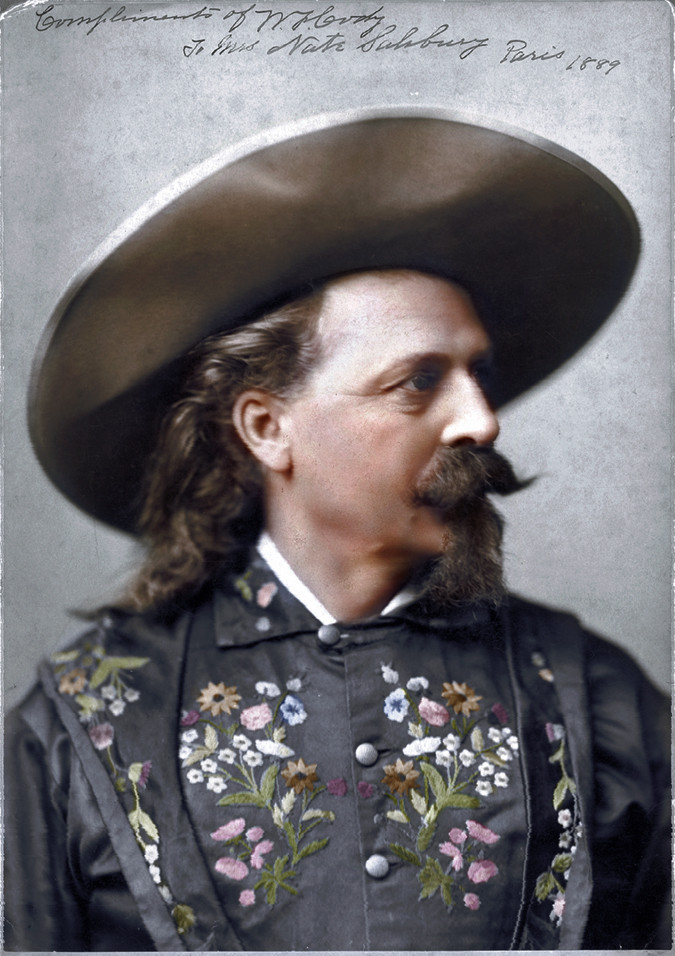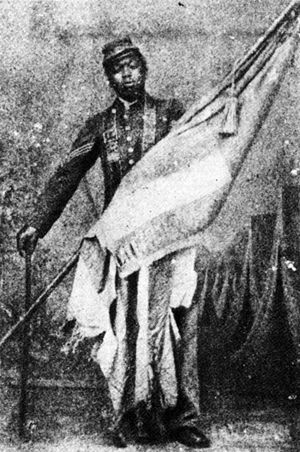Tag: American History
13 Things You Never Knew About the Song “Happy Birthday”
Ever wonder why you rarely hear the “Happy Birthday” song in movies and TV shows?
There’s a simple reason… it costs a lot of money to use it.
From Reader’s Digest:
1. “Happy Birthday to You” was originally composed in 1893 as “Good Morning to All” by Patty Smith Hill, a kindergarten teacher and principal in Louisville, Kentucky, and her oldest sister, Mildred Jane Hill, a pianist and composer. Its lyrics went like this:
Good morning to you,
Good morning to you,
Good morning, dear children,
Good morning to all.
2. The song was part of a larger project of the sisters to create simple music that catered to children’s limited abilities. They workshopped songs on Patty’s class so that “even the youngest children could learn with perfect ease,” with Patty writing the words and Mildred setting them to melodies. They published GMTA in their 1893 book, Song Stories for the Kindergarten.
3. It’s unclear where the birthday lyrics originated, but they appeared with the GMTA tune (unbeknownst to the Hill sisters) first in a piano manufacturer’s 1912 songbook, then in the Hall & McCreary Company’s The Golden Book of Favorite Songs in 1915 and in Robert H. Coleman’s Harvest Hymns in 1924, eight years after Mildred’s death. After HBTY cropped up in the 1931 Broadway musical The Band Wagon and, two years later, the musical As Thousands Cheer, Patty and Mildred’s sister Jessica took legal action. In 1934 and 1935, with the Hill family’s blessing, the Clayton F. Summy Co. published and copyrighted all six versions of HBTY, crediting Mildred and Patty as the authors.
4. According to some scholars, the tune may be derivative of other 19th-century works. Scholars have drawn comparisons between GMTA and piano company founder Horace Waters’ “Happy Greetings to All” (1858), as well as “Good Night to All” (1858), “A Happy New Year to All” (1875), and others.
5. A seemingly eternal legal battle rages on over the Hill sisters’ ownership of HBTY and whether or not it should be in the public domain. A 2013 class-action lawsuit initiated by a New York filmmaker challenges the the song’s copyright and demands that the current copyright owner return all previous royalties it has collected for HBTY. As of May 2015, U.S. District Judge George King was still hearing arguments for Good Morning to You Productions Corp. vs. Warner/Chappell Music.
6. Despite its dubious copyright status, you can’t sing HBTY in a movie without paying a royalty. The Clayton Summy Co. eventually became Birchtree Ltd., which Warner/Chappell Music (Warner Music Group’s music publishing division) acquired in 1988 for $25 million. Today, the company pulls in about $2 million in licensing fees every year just from that song. Movies and television shows typically avoid using the song, but have sprung for it in special cases: While directing Hoop Dreams (1994), documentarian Steve James shelled out $5,000 to include a poignant 18th birthday party scene.
7. That clunky, off-brand birthday song at your favorite chain restaurant exists to avoid copyright infringement. (The variations at TGI Friday’s and Chili’s Bar & Grill are particularly spirited.) Looking for a royalty-free option? Try “For He’s a Jolly Good Fellow”—it’s in the public domain.
8. HBTY was used in the first-ever singing telegram when George P. Oslin, the Western Union executive who pioneered the festive greeting, sent one (sung by operator Lucille Lipps) to cherished entertainer Rudy Vallée on his birthday in July 1933. Western Union discontinued its singing telegrams in 2006, but relaunched them in 2011 as an e-mail service through which you could have musicians like Snoop Dogg and Timbaland serenade your loved ones.
9. Singing HBTY may actually make birthday cake taste better. According to a study by researchers from Harvard University and the University of Minnesota, indulging in a ritual before eating heightens our enjoyment of the food and helps us savor it.
10. HBTY is arguably the most frequently-sung English song in the world, giving “For He’s a Jolly Good Fellow” and “Auld Lang Syne” a run for their money.
11. Igor Stravinsky’s “Greeting Prelude,” a 45-second orchestral piece that he composed for conductor Pierre Monteux’s 80th birthday in 1955, might sound a bit familiar: Though it deconstructs the song’s notes and leapfrogs across octaves, the spirit and melody of HBTY ring through loud and clear. Aaron Copland’s “Happy Anniversary” is also based on the tune, and was played when President Nixon presented the Medal of Freedom to Philadelphia Orchestra conductor Eugene Ormandy.
12. The anniversary of GMTA’s composition is widely celebrated as June 27, Mildred Hill’s birthday. Mildred, who would be 156 this year, shares her special day with Helen Keller, Ross Perot, and Vera Wang.
13. Mildred and Patty Smith were honored posthumously at the 1996 Songwriters Hall of Fame award and induction ceremony with the Towering Song Award, which celebrates songs with lasting cultural impact.
Wallpaper Of The Day: Happy Labor Day

LABOR DAY: WHAT IT MEANS
Labor Day, the first Monday in September, is a creation of the labor movement and is dedicated to the social and economic achievements of American workers. It constitutes a yearly national tribute to the contributions workers have made to the strength, prosperity, and well-being of our country.
LABOR DAY LEGISLATION
Through the years the nation gave increasing emphasis to Labor Day. The first governmental recognition came through municipal ordinances passed during 1885 and 1886. From these, a movement developed to secure state legislation. The first state bill was introduced into the New York legislature, but the first to become law was passed by Oregon on February 21, 1887. During the year four more states — Colorado, Massachusetts, New Jersey, and New York — created the Labor Day holiday by legislative enactment. By the end of the decade Connecticut, Nebraska, and Pennsylvania had followed suit. By 1894, 23 other states had adopted the holiday in honor of workers, and on June 28 of that year, Congress passed an act making the first Monday in September of each year a legal holiday in the District of Columbia and the territories.
FOUNDER OF LABOR DAY
More than 100 years after the first Labor Day observance, there is still some doubt as to who first proposed the holiday for workers.
Some records show that Peter J. McGuire, general secretary of the Brotherhood of Carpenters and Joiners and a co-founder of the American Federation of Labor, was first in suggesting a day to honor those “who from rude nature have delved and carved all the grandeur we behold.”
But Peter McGuire’s place in Labor Day history has not gone unchallenged. Many believe that Matthew Maguire, a machinist, not Peter McGuire, founded the holiday. Recent research seems to support the contention that Matthew Maguire, later the secretary of Local 344 of the International Association of Machinists in Paterson, N.J., proposed the holiday in 1882 while serving as secretary of the Central Labor Union in New York. What is clear is that the Central Labor Union adopted a Labor Day proposal and appointed a committee to plan a demonstration and picnic.
William Harvey Carney
Sergeant William Harvey Carney, a soldier during the American Civil War, was the first African American to be awarded the Congressional Medal of Honor. In 1900, he was awarded the Medal of Honor for his gallantry during the Battle of Fort Wagner in 1863. Because his actions preceded those of other medal honorees, he is considered to be the first African American to be granted the Medal of Honor.
Salute!
William Harvey Carney (February 29, 1840 – December 8, 1908)
The regiment gained recognition on July 18, 1863, when it spearheaded an assault on Fort Wagner near Charleston, South Carolina. At this battle, Colonel Shaw was killed, along with one-hundred and sixteen of his men. Another hundred and fifty-six were wounded or captured.
The total casualties of 272 would be the highest total for the 54th in a single engagement during the war. Although the Union was not able to take and hold the fort, the 54th was widely acclaimed for its valor, and the event helped encourage the further enlistment and mobilization of African-American troops, a key development that President Abraham Lincoln once noted as helping to secure the final victory.
Sergeant William Harvey Carney was the first African American to be awarded the Congressional Medal of Honor. Although he was not presented with the honor until nearly 37 years after his acts of bravery. Carney rescued the U.S. flag as the flag bearer fell, carrying the flag to the enemy ramparts and back, and saying “Boys, the old flag never touched the ground!” While other African-Americans had since been granted the award, Carney’s is the earliest action for which the Medal of Honor was awarded to an African-American.
Carney was born a slave in Norfolk, Virginia, but escaped to Massachusetts like his father through the Underground Railroad. They later bought the rest of the family out of slavery.
In later life, Carney was a postal employee and popular speaker at patriotic events. He died in Boston, Massachusetts, and is buried in the family plot at Oak Grove Cemetery in New Bedford, Massachusetts. Engraved on his stone monument is a gold image of the Medal of Honor.
Picture Of The Day: Buffalo Bill
A very interesting picture of “Buffalo Bill”.

William Frederick “Buffalo Bill” Cody (February 26, 1846 – January 10, 1917) was an American scout, bison hunter, and showman. He was born in the Iowa Territory (now the U.S. state of Iowa), in Le Claire but he grew up for several years in his father’s hometown in Canada before his family moved to the Kansas Territory.
Buffalo Bill started working at the age of eleven after his father’s death, and became a rider for the Pony Express at age 14. During the American Civil War, he served for the Union from 1863 to the end of the war in 1865. Later he served as a civilian scout to the US Army during the Indian Wars, receiving the Medal of Honor in 1872.
One of the most colorful figures of the American Old West, Buffalo Bill started performing in shows that displayed cowboy themes and episodes from the frontier and Indian Wars. He founded his Buffalo Bill’s Wild West in 1883, taking his large company on tours throughout the United States and, beginning in 1887, in Great Britain and Europe.




 More than 100 years after the first Labor Day observance, there is still some doubt as to who first proposed the holiday for workers.
More than 100 years after the first Labor Day observance, there is still some doubt as to who first proposed the holiday for workers.
